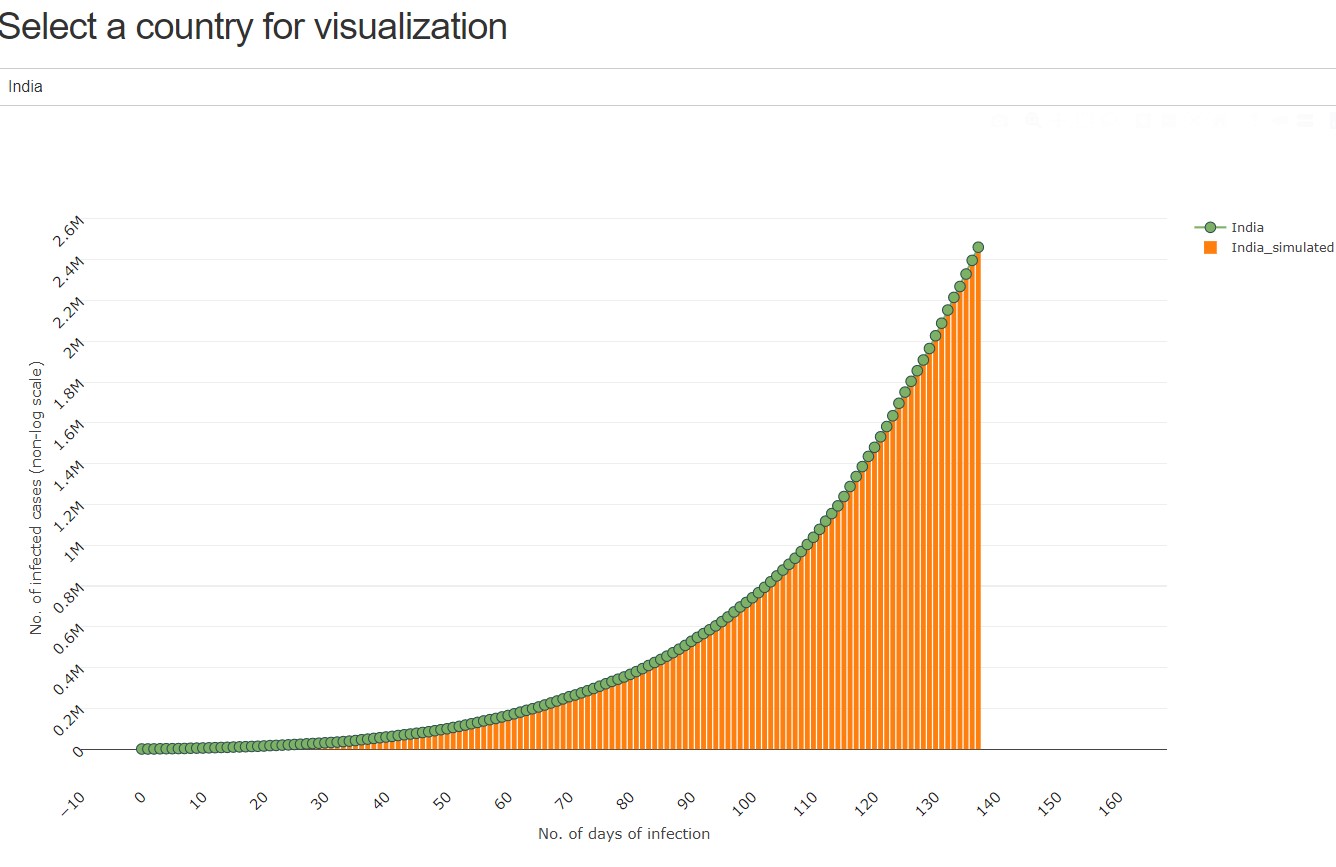Lecture Enterprise Data Science 2020
Project Outline: Applied datascience on COVID-19 data
├── LICENSE
├── Makefile <- Makefile with commands like `make data` or `make train`
├── README.md <- The top-level README for developers using this project.
├── data
│ ├── external <- Data from third party sources.
│ ├── interim <- Intermediate data that has been transformed.
│ ├── processed <- The final, canonical data sets for modeling.
│ └── raw <- The original, immutable data dump.
│
├── docs <- A default Sphinx project; see sphinx-doc.org for details
│
├── models <- Trained and serialized models, model predictions, or model summaries
│
├── notebooks <- Jupyter notebooks. Naming convention is a number (for ordering),
│ the creator's initials, and a short `-` delimited description, e.g.
│ `1.0-jqp-initial-data-exploration`.
│
├── references <- Data dictionaries, manuals, and all other explanatory materials.
│
├── reports <- Generated analysis as HTML, PDF, LaTeX, etc.
│ └── figures <- Generated graphics and figures to be used in reporting
│
├── requirements.txt <- The requirements file for reproducing the analysis environment, e.g.
│ generated with `pip freeze > requirements.txt`
│
├── setup.py <- makes project pip installable (pip install -e .) so src can be imported
├── src <- Source code for use in this project.
│ ├── __init__.py <- Makes src a Python module
│ │
│ ├── data <- Scripts to download or generate data
│ │ └── make_dataset.py
│ │
│ ├── features <- Scripts to turn raw data into features for modeling
│ │ └── build_features.py
│ │
│ ├── models <- Scripts to train models and then use trained models to make
│ │ │ predictions
│ │ ├── predict_model.py
│ │ └── train_model.py
│ │
│ └── visualization <- Scripts to create exploratory and results oriented visualizations
│ └── visualize.py
│
└── tox.ini <- tox file with settings for running tox; see tox.readthedocs.io
The goal of this lecture is to transport the best practices of data science from the industry while developing a COVID-19 analysis prototype.
The final result will be a dynamic dashboard - which can be updated by one click - of COVID-19 data with filtered and calculated data sets like the current Doubling Rate of confirmed cases
Techniques used are REST Services, Python Pandas, scikit-learn, Facebook Prophet, Plotly, Dash
For this, we will follow an industry-standard process (CRISP-DM) by focusing on the iterative nature of agile development
- Business understanding (what is our goal)
- Data Understanding (where do we get data and cleaning of data)
- Data Preparation (data transformation and visualization)
- Modeling (Statistics, Machine Learning, and SIR Simulations on COVID Data)
- Deployment (how to deliver results, dynamic dashboards)

